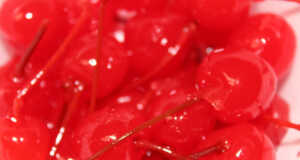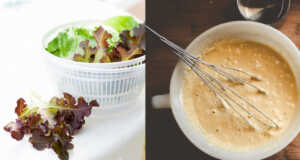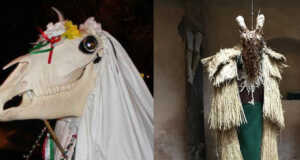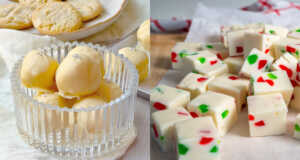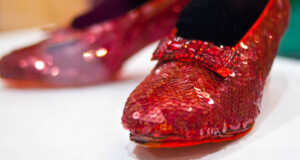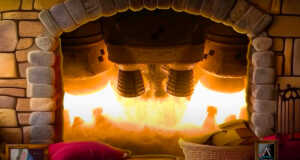When you think of a library, you probably think of a collection of books and perhaps some DVDs. In reality, libraries can take on many different forms, such as the global seed vault that protects vital crops against disaster or the Ice Memory Project in Antarctica, which preserves ice cores from endangered glaciers.
It also appears as if there is a library dedicated to our favorite type of bread. The Puratos World Heritage Sourdough Library in St. Vith, Belgium is responsible for safeguarding over 100 bread starters according to Atlas Obscura.
https://www.instagram.com/p/Bx7jEN0JwIU/
Leavening is often used in bread and sourdough may have been the first to use it. Most bakers use commercial yeast for bread but for thousands of years, wild yeast and local bacteria were used to get the fermenting process started. Eventually, the lump of dough would turn into a living, breathing lump. Small pieces would be removed and added to mixtures of flour and water in order to make loaves of bread. When new families were started, the mothers would pass some on to their daughters and it would even be packed by immigrants as they moved to a new land. Sourdough starters still exist in kitchens around the world and they preserve the legacy of this unique part of baking history.
The Belgian bakery supply company Puratos has been around since 1989 and has collected many sourdough starters. 108 starters are now housed at the Puratos Center for Bread Flavor, the Sourdough Library. They come from around the world in countries such as Italy, China, Hungary, Greece, Canada, and elsewhere. Some of those starters can even trace their history back for centuries.
https://www.instagram.com/p/B8CccFPplzw/
Karl De Smedt is the ‘sourdough librarian’ who oversees the entire project. He collects new samples from around the world in his travels. He also makes sure that flour provided by the original donor is used to feed the starter every two months. “It’s alive, it’s like a pet,” De Smedt told Atlas Obscura.
De Smedt travels worldwide to areas, such as Canada’s Yukon where it is almost impossible for commercial yeast to survive. The starters he finds are then airmailed back to Belgium to be analyzed by scientists and to document the combination of microorganisms within them.
https://www.instagram.com/p/B3wSNpoJzny/
Over 800 strains of yeast and bacteria have so far been found within the starters. The samples of microorganisms are stored in the freezer at -112°F so they are preserved. Sourdough starters are preserved in glass jars at the library at 39°F.
Although sourdough has been around for many years, it wasn’t as popular for a while but it is now growing in popularity. Some people feel as if sourdough and its long fermentation make it more easily digestible if you have a gluten sensitivity. Organizations and home cooks could always damage their own supply so the samples at the library are a good backup. They also provide a fertile ground to research for commercialization. There is an entire online sourdough database hosted by Puratos and anyone is welcome to enter a recipe.
https://www.instagram.com/p/BxXKbXEp6BJ/
If you are interested in visiting the library, you are out of luck. It is not open to the public but you can arrange for a visit if you contact De Smedt through social media. There is also an online version of the library, just in case, you can’t make it to Belgium. Details are available on the textures, colors, and flavors of over 1400 starters. You can begin by looking at some videos and it may just inspire you to start baking.

